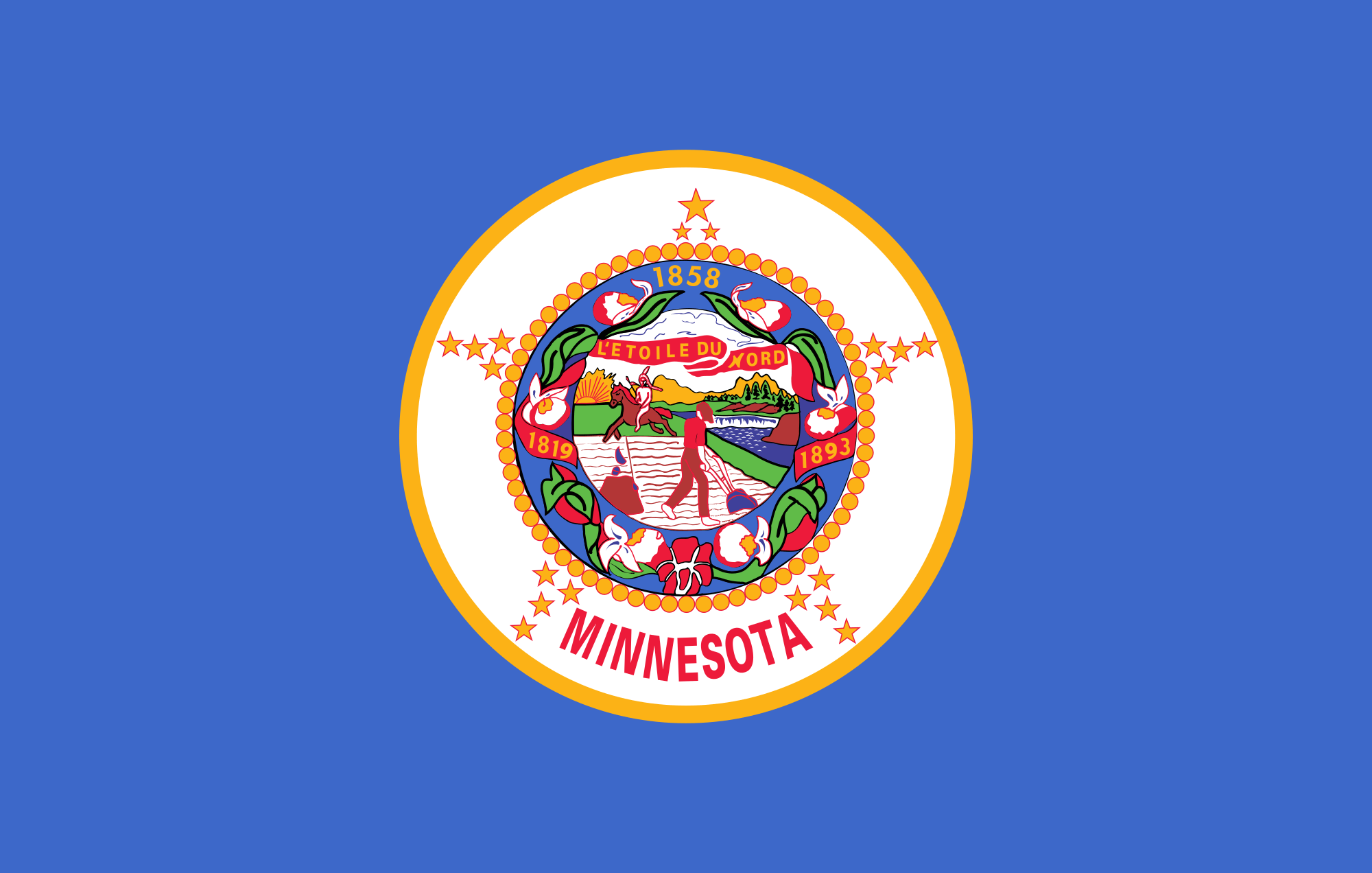On May 19, 2023, Governor Tim Walz signed into law House File No. 782, establishing the Minnesota Secure Choice retirement program. Minnesota has now joined California, Colorado, Oregon, Illinois, and other states in creating a state-run retirement savings program for employees working with small employers without their own retirement plans.
Quick Hits
- The Minnesota Secure Choice retirement program requires participation by employers that employ five or more covered employees and do not sponsor their own retirement plans.
- The law creates a board of directors of the Minnesota Secure Choice retirement program. The board must begin operation of the program no earlier than January 1, 2025.
- Covered employers will be required to enroll covered employees, withhold contributions from payroll (unless an employee has elected not to contribute), remit payroll contributions to the program, and provide program information to employees.
The Minnesota Secure Choice Retirement Program
The Minnesota Secure Choice Retirement Program Act establishes a retirement savings program available to state residents who are employed by “covered employers.” Under the Secure Choice program, the board of directors will establish individual retirement accounts (IRAs) into which eligible employees will contribute a designated portion of their pay. The board is directed to establish default, minimum, and maximum contributions rates, and employees must be allowed to specify a different contribution rate or opt out entirely at least annually. The contributions will be held in a trust established under the program. The IRAs established to hold employee contributions may be either traditional IRAs or Roth IRAs and will be subject to the applicable requirements imposed by Sections 408 and/or 408A of the Internal Revenue Code in addition to the requirements imposed by the Act itself.
The Secure Choice program will be administered by a board of directors with seven members, including the executive director of the Minnesota State Retirement System (or the executive director’s designee), the executive director of the State Board of Investment (or the executive director’s designee), three members chosen by the Legislative Commission on Pensions and Retirement with retirement plan expertise, a private-sector member (appointed by the governor) with plan administration experience, and a small business owner or executive (appointed by the governor).
The board of directors will establish an enrollment process, prepare a budget for administration, and determine enrollment, contribution, withdrawal, and investment rules. The board is required to establish a diversified menu of default investment funds, including target date funds, a balanced fund, a capital preservation fund, or a combination of those investment offerings.
The Legislative Commission on Pensions and Retirement must designate a board member to convene the first board of directors meeting by March 1, 2024, and the program’s board of directors must begin operation of the program no earlier than January 1, 2025.
Employer Obligations
Covered employers (i.e., employers with five or more covered employees that do not sponsor or contribute to retirement savings plans for their employees and did not in the immediately preceding twelve months) will be required to enroll covered employees in the program, withhold contributions from payroll, and remit the withheld contributions to the program. For coverage purposes, employers that maintain a tax-qualified retirement plan of any kind (e.g., a 401(k) plan, a 403(b) plan, a traditional or cash balance pension plan, an eligible Code Section 457 plan, a simplified employee pension plan, a SIMPLE plan, or an automatic-enrollment payroll-deduction IRA) or that contribute to a Taft-Hartley multiemployer plan are excluded from participation in the Secure Choice program.
Covered employers will also be required to provide employees with information prepared by the board of directors to all covered employees regarding the program. Covered employers will not be liable for an employee’s participation (or failure to participate) in the program, but the board of directors may impose civil penalties against employers that fail to comply with the enrollment, remittance, and information requirements of the program. The board of directors is required to recommend employer penalty rules to the Legislative Commission on Pensions and Retirement by December 31, 2024.
Employers that contract with employee leasing companies, professional employer organizations, or other similar organizations to obtain workers are also covered under the program unless the leasing company, professional employer organization, or other similar organization has a retirement savings plan that excludes it from the program.
Although the Eighth Circuit has not weighed in on this issue as yet, California’s version of the Secure Choice program (CalSavers)—which operates in a manner that is quite similar to Secure Choice—has withstood a claim that the implementing legislation was preempted by the Employee Retirement Income Security Act of 1974, as amended (ERISA). Howard Jarvis Taxpayers Ass’n v. Cal. Secure Choice Ret. Sav. Program, 997 F.3d 848 (9th Cir. 2021). Federal courts have not stepped in to bar payroll-deduction IRA programs in other states in the five-plus years that have elapsed since the inception of these programs, suggesting that Minnesota’s program may well proceed to implementation without an ERISA-based interruption.
Next Steps
Employers are not immediately required to implement the law, as the program’s board of directors must first organize and establish administrative procedures. The effective date for covered employers will be the day after the board of directors opens the program for enrollment.
Ogletree Deakins’ Minneapolis office will continue to report on the Minnesota Secure Choice retirement program and will post updates on the Minnesota and Employee Benefits and Executive Compensation blogs as additional information becomes available. Important information for employers is also available via the firm’s webinar and podcast programs. For additional updates, please follow us on LinkedIn.




